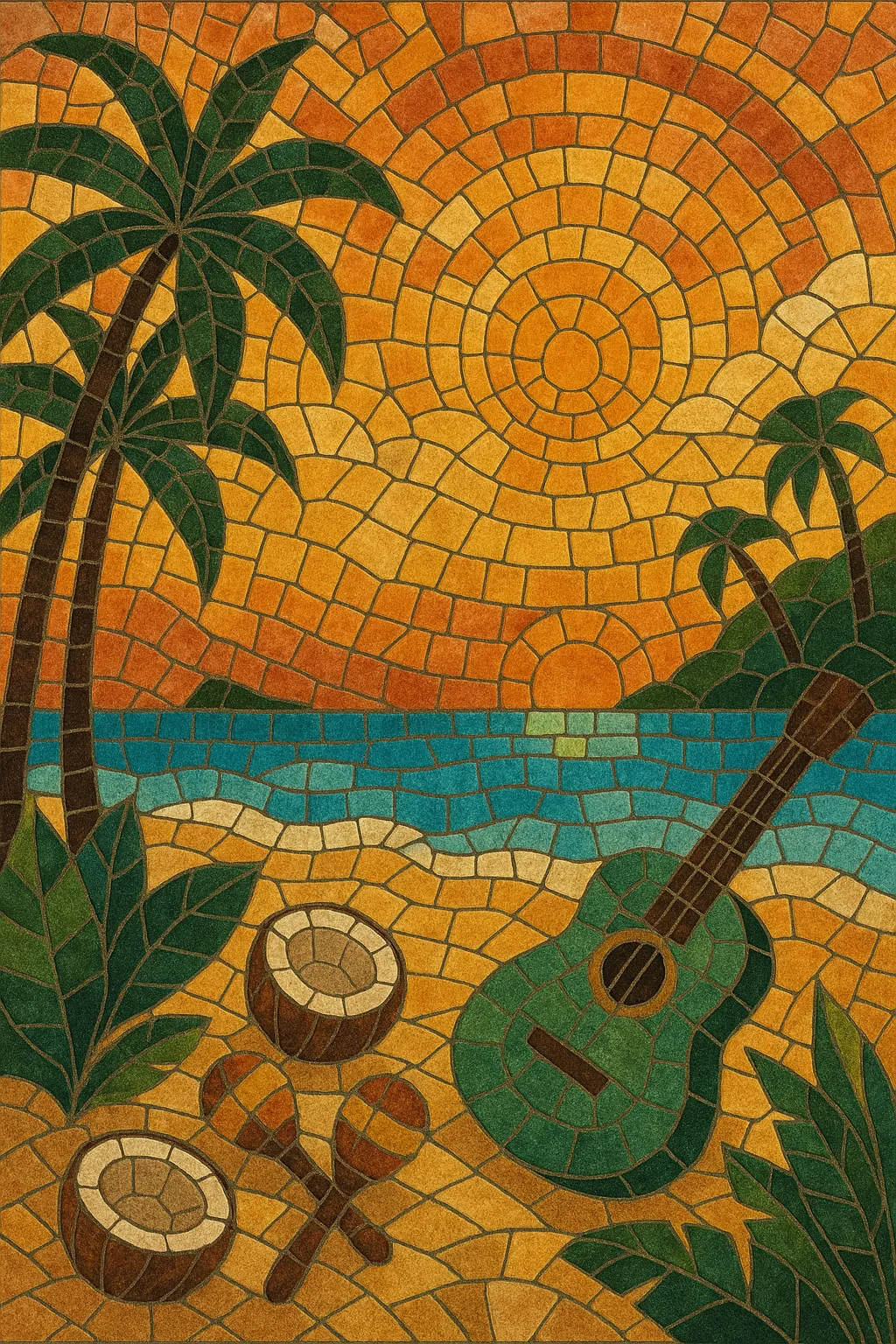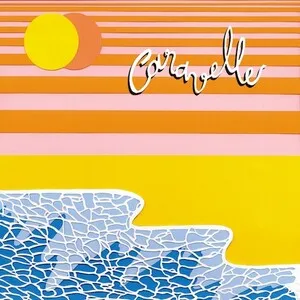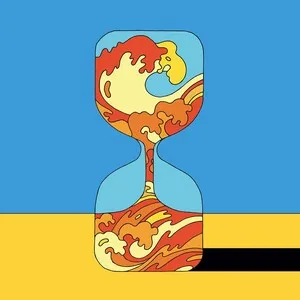Tropical house is a mellow, melodic offshoot of deep house that blends a four-on-the-floor pulse with sun-soaked timbres like steel drums, marimba, pan flute, and warm acoustic guitar.
It typically runs around 100–115 BPM, favors major-key progressions, and foregrounds breezy hooks over heavy drops, making it feel more like a summer pop record than a club banger.
Vocals often carry romantic, nostalgic, or escapist themes—beaches, sunsets, and travel—while the production emphasizes soft percussion, sidechained pads, and a smooth, rolling sub.
The genre rose to global prominence mid-2010s through hit remixes and crossover singles that brought house aesthetics into mainstream pop radio.
Tropical house emerged in the early 2010s as a gentler branch of deep house, drawing on the relaxed groove of Balearic beat, the off-beat skank and percussion of reggae and dancehall, and the smooth textures of chillout and downtempo. Early online mixtapes and remixes circulated through blogs and streaming platforms, shaping a recognizable palette of marimbas, mallet plucks, pan flutes, and soft sub-bass.
Australian DJ Thomas Jack popularized the term "tropical house" around 2013 via his mixtape series. Around the same time, Norwegian producers—most notably Kygo—propelled the sound globally through viral, melody-forward remixes and originals that translated seamlessly to mainstream radio. European acts such as Felix Jaehn, Robin Schulz, Lost Frequencies, Sam Feldt, and Matoma further cemented the sound with platinum-certified singles across Europe and North America.
Between 2015 and 2017, tropical house became a dominant pop crossover formula. Its slower tempo and bright instrumentation offered a radio-friendly alternative to big-room EDM. Major-label releases and festival stages embraced the sound, while pop and K-pop artists incorporated “tropical” drops—simple, whistle-like or marimba-led hooks replacing aggressive synth leads.
As trends shifted, producers blended tropical elements with pop, R&B, and Latin styles, while some moved toward adjacent house subgenres. Even after its commercial peak, tropical house’s DNA—lighter tempos, acoustic-flavored plucks, and laid-back, summery hooks—remains a staple across dance-pop, electropop, and global pop, influencing arrangement choices and sound design well beyond the genre tag.








